As promised a blog about modifying curriculum I am not an educator. I have done a lot of educating from my days as a 4-H Extension Agent teaching classes and subject matter workshops to educating on my recent work in educating people about Down syndrome and other intellectual disabilities. Rachel has been blessed with a lot of really great teachers. I know we are fortunate because often times it has been not just the special education teacher but the general education teacher who has figured out how to present information so Rachel can grasp it and so we can know what she knows. I’ve learned a lot from attending workshops. listening to other parents, teachers and Rachel. I am gonna try to share a little of what has helped us.
First, let’s distinguish between modifications and accommodations. Honestly, I still struggle with the difference sometimes!
Accommodations are changes in how a student accesses information and
demonstrates learning. Accommodations allow a student to complete the same assignment or test as other students, but with a change in the timing, formatting, setting, scheduling, response and/or presentation. They do not substantially change the instructional level, content, or performance criteria. The changes are
made in order to provide a student with equal access to learning and an
equal opportunity to show what he or she knows and can do.
Accommodations can include changes in the following:
• presentation of a lesson
• instructional strategies
• student response format and procedures
• time/scheduling
• environment
• equipment
Modifications are changes in what a student is expected to learn. adjustment
to an assignment or a test that changes the standard or what the test or assignment is supposed to measure. The changes are made to provide a student with opportunities to participate meaningfully and productively along with other students in classroom and school learning experiences. Examples of modifications include:
• student completing work on part of a standard
• a student completing an alternate assignment that is more easily achievable than the assignment
• performance criteria
• assignment structure-paper/pencil work
When Rachel was in elementary school, we discovered her feet would not touch when she was sitting in her chair. Her OT and teachers were concerned because they said it impacted her writing ability because she was not stable. The OT devised a footstool for her (at home we have a tripp trapp chair). They also wanted her writing on slanted surfaces to give her stability and to increase her hand strength. These are accommodations. A current accommodation is to be able to use the Read2Go program to read textbooks and novels. The program reads and highlights as Rachel reads and we hope will improve comprehension but it doesn’t change material. Rachel has visual perceptions issues. She can see fine with her glasses but she can’t have too much stuff on a page or too small. Teachers love to send home worksheets that no one can see without a magnifying glass. Rachel’s IEP says her work should be enlarged with less problems/questions per page. For some reason this one is always a challenge for everyone to remember so I often have to do it myself. I don’t have to do that but if all else is going pretty well, then this is one of those times when it is best just to do it.
Some examples of Rachel’s modifications through the years have included
- Multiple choice spelling. Rachel can pick out the correctly spelled word 90% of the time. She can write and spell it correctly about 30% of the time.
- Adaptive readers that shorten stories and text passages
- Shortened assignments
- Completing parts of assignments
- Her grades note that the assignments are modified.
- Shortened reading assignments
- Write three sentence answers instead of 6 – 8 sentences
- Do two instead of all five of the questions for the Social Studies homework
- A PowerPoint presentation instead of an essay to illustrate what she has learned
- Focus on capitalization and ending punctuation as opposed to complex sentence structure
A couple of what I hope will be helpful examples. The first and one of my favorites comes from 5th grade. When they were studying state’s rights in social studies, the teacher figured this out. If she gave Rachel a true-false test, she might get 50% of them right. If she posed the questions as yes-no, Rachel would score 100. Now her IEP says that if possible true-false testing should be presenting as yes-no. Who knew?
Whenever they learned state capitals, we discussed having her learn the ones that would be most important to her. They learn them by geographic region these days. When I was growing up, I think we did them alphabetically and I think the regions are a good way to learn them. We decided to use a program on her iPad to practice and decided for region one (I think it was the MidWest) that we would try them all and see how she did. Well, she made 100. So we moved on and when they were finished with all the regions, she had made 100 on all regions except for one: the South! I told her that there was just something wrong with that because she was a Southern girl, born in Memphis! She still plays with that app and has expanded it to study other cities. Again – who knew?
In 7th grade language arts they had to do a huge project on the book, “The Outsiders.” Rachel had read the book twice because we get the books in the summer and start reading them. We also get the movie and watch it. Even if it is a bit different, it helps. Rachel’s teacher let her do a PowerPoint instead of the essay project. I don’t remember what the general education assignment was but Rachel did a PowerPoint on “The Greasers as Heroes.” She was supposed to write complete sentences with correct spelling and correct punctuation. You can see that she deviated on a couple of them but overall did very well. Here are a couple of the slides:
Most of the time our modification is simply doing less of the work. She is responsible to learn less. For example, in science if the science vocabulary list is 30 words, Rachel might have 15. Rachel’s IEP states we get a week’s notice on quizzes and we know the format for testing. Here are two pages from a recent science test. I think the other students had to give actual answers (no word bank or multiple choice) and had to fill in the moon phase instead of multiple choice.
Currently they are working on a travel brochure. Each student chose a different destination in outer space and they are to make a travel brochure. Rachel’s final destination is Crater the Cup. The project is very involved and would be a big project for Rachel with all of the writing – even in a PPT. We requested that Rachel and her daddy do a video and the teacher thought that was a great idea. We’ll know what Rachel knows but we won’t all go crazy trying to write it. The teacher and I reviewed the rubric and came to an agreement on what Rachel needed to include to receive the maximum points.
As I said I am not a teacher and have had no formal training in making modifications. I do know my child though and God gave me a good measure of common sense. I just try to apply that as we think through what will work and what won’t. And we have had great resource teachers (special education) who have been good at helping make those modifications.
A couple of ending thoughts. Rachel loves to read and I want her in Language Arts with the other students. I have mentioned this before and I will again. Last year as we were dropping other girls off after school, they were discussing “My Louisiana Sky.” Rachel had read it (twice) and had seen the movie. They were discussing favorite characters and Rachel chimed in just like the other girls. If she doesn’t have access, she misses it in the classroom and is taken out of a social conversation.
At the end of last semester, they had read a clip from “A Christmas Carol.” The teacher said she knew Rachel knew the information so she decided to give her the same 15 question test as the other students. She gave it to her and let her give her answers orally. Sometimes there is a disconnect between the brain and the written answer so if you can give it orally it helps. You can also more easily clarify what she is trying to communicate. She said Rachel needed to employ a little self-talk to reason out some things. When all was said and done, Rachel made 14/15 on the same test as everyone else. The same teacher sent me a note the other day to say that Rachel was the only student in the class who could answer a particular discussion question about Mr. Van Daan from “The Dairy of Anne Frank.”
I have many more examples I can share but hard copy sharing is not optimal on a blog. So if you want more of that, please get a message to me and let’s figure out how to do that. I think it is important to be open-minded and not give up if the first thing you try doesn’t work. Thinking about how your child learns and how they are best able to show you what they have learned. Rachel loves to be on stage so having her do PowerPoint presentations is almost always a good option. Maybe your child doesn’t like to be in front of folks, so there might be a better way to modify or accommodate your child’s strengths. I think if everyone can be reasonable in their expectations, that is another key. I learned from a mentor early on to tell the teachers that I know Rachel won’t learn exactly what the other kids learn. That’s okay. I want her to reach her potential. Many teachers have told me how much that helped them because they were afraid. They were afraid they would fail Rachel. Personally, I think those are good teachers.
Finally, a word about grades or performance criteria. I see a lot of comments about this and hear a lot of people say that their kids who are in special education don’t get grades. I’m no educator but I don’t get this. Now, I won’t go on my philosophical rant about grades but if the other kids get grades then our kids should get grades. Rachel has always had grades like the other kids. Yes, there may be a little star on there that says she has modified work. I know some of you wouldn’t be okay with that but I am. There is also a star if you are in an advanced placement course. Rachel has the opportunity to make the honor roll just like the other kids. She is proud of this. She goes to the awards programs with her head held high. She gets the pizza and ice cream for making the principal’s honor roll just like all the other kids. That makes me proud and happy for her. And why not? I can’t be 100% sure but I imagine Rachel works twice as hard as many of the other students and she should be recognized too!
That’s it for today. Let me know your thoughts and I’m open to sharing more examples if it will help!
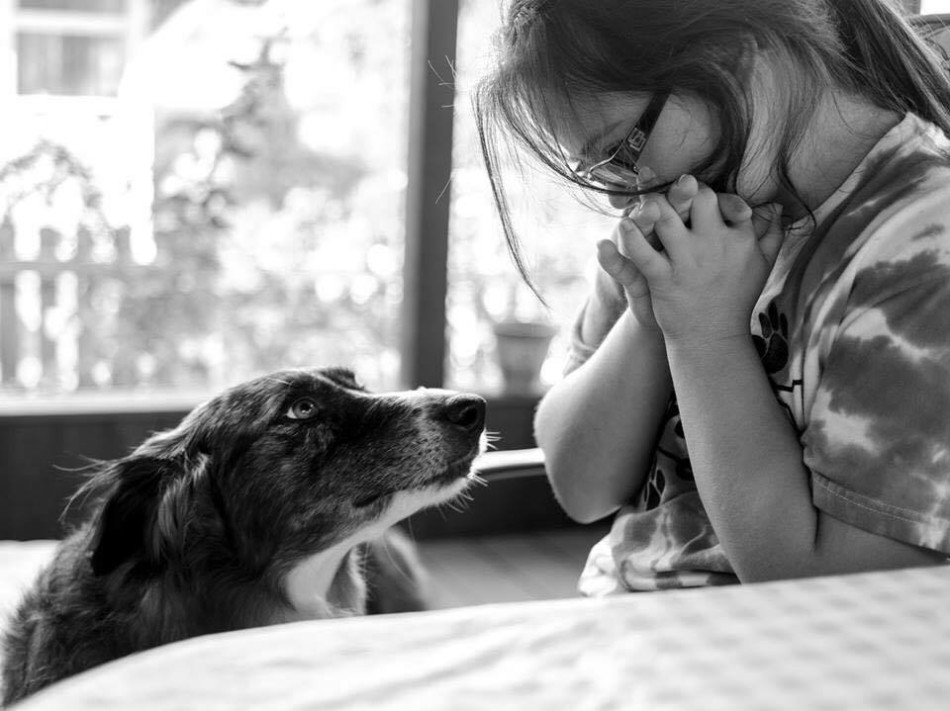
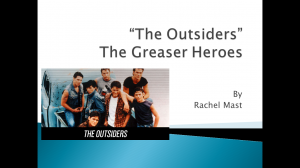
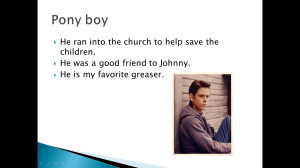
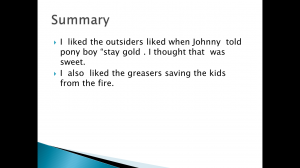
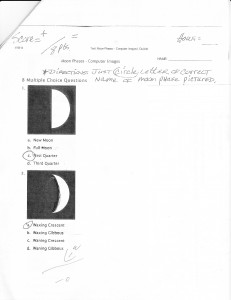
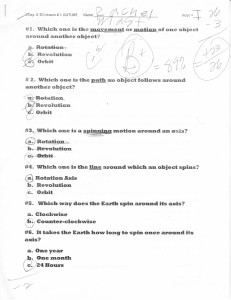

My daughter is 14 and in 7th grade. I am very interested in learning more about Rachel’s modifications.
Deanna – I sent you a PM. Thanks for reading. Can you let me know what you are looking for specifically? I will try to help or find someone who can!
Linked here (http://matir-asurim.blogspot.com/2014/03/high-functioning.html) Please let me know if I should change anything.
Thank you this is wonderful! May I ask, are there any tips or advice you can offer regarding anything that might have helped Rachel stay on task, especially in the younger years? My son with DS is 8, and in second grade. After a successful 1st grade year, he is struggling a little bit this year, especially when it comes to staying on task for handwriting, worksheets ext. I too struggle to get the teachers to make accommodations like enlarging print, simplifying, etc. He is a lot more independent with his work with me at home, and shows more of what he knows at home. Just curious if you ever struggled with this? Thank you!
Thanks for reading Kelly. Several folks have requested this same kind of info so I think I’ll dedicate a future blog to it. I have some thoughts but I have also sent a message to former teachers and para’s for tips. One of the things that was very helpful for Rachel was using visual stories and reminders. One of the teachers made them and they were useful for many students. Example, if they were to cut out a picture, paste it and then write on it – there were little drawings that illustrated each and the word. These would be put on the desk or table and the teacher or helper or even another student would point as needed. They used them a lot with things like lunch for raising your hand for help. Again – these were used with all the kids but it started just for Rachel.This is also effective for multi-step directions. Personally, I think worksheets are often hard for a lot of kids but especially for our kids. They are crowded and overwhelming. If the information can be presented in a different way or broken into multiple sections,that is helpful.The multiple sections usually worked for Rachel. You also need to determine if it is too much and needs to be reduced for your child. Rachel’s kindergarten teacher reminded me that she often has students take a break. They may need to walk around the room (this is written into some IEP’s,) read a book, draw a picture (whatever works for that child) and then resume work. I hope this helps and I plan to share more.
Great ideas, thank you so much! Always love reading about Rachel, she is an inspiration! We utilized the Just Like You video in David’s 2nd grade class to talk about DS and everyone loved it. Thanks for sharing all the advice and words of wisdom!
I love hearing that people are using JLY! It is such a great tool for teaching everyone how to treat others – not just DS! Thanks for sharing.